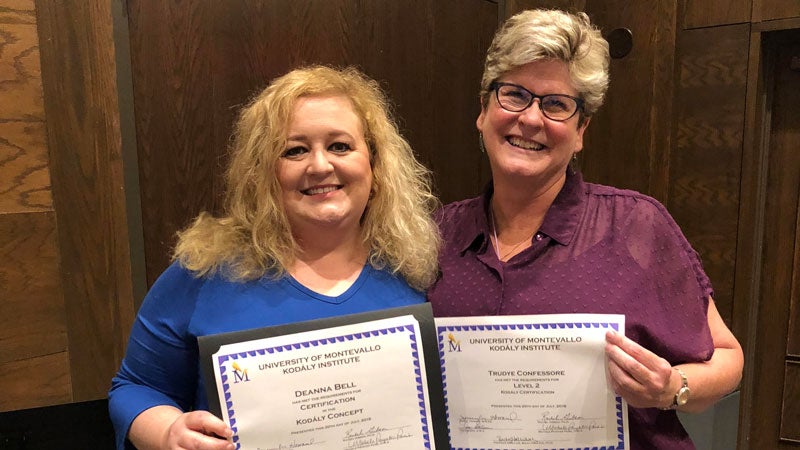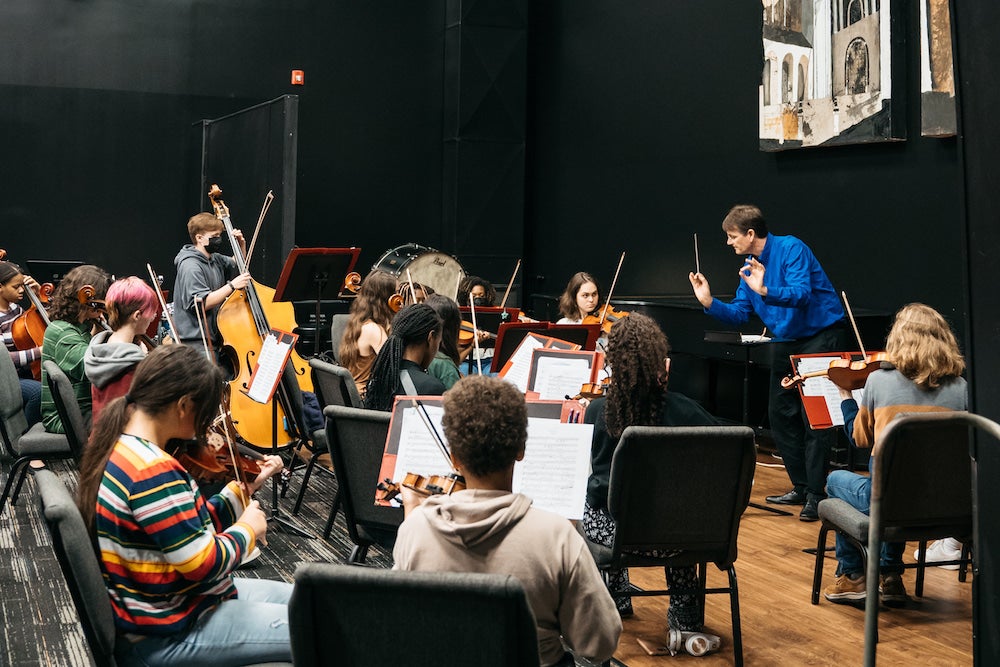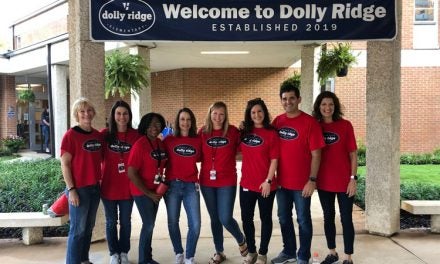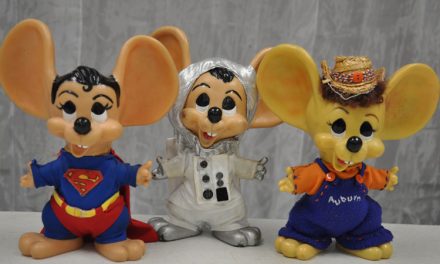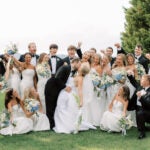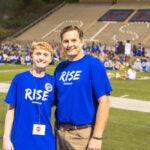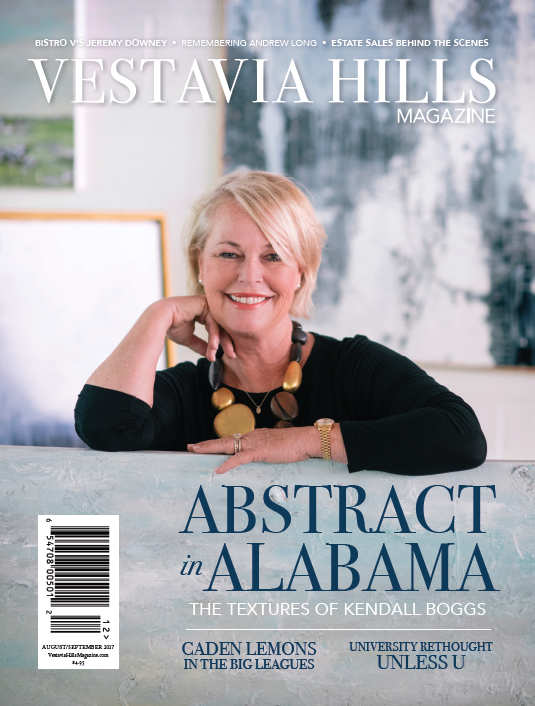Music education is transforming in Vestavia from east to west thanks to Kodály Concept. It’s a Hungarian word pronounced “ko-DAH-ee” that denotes the teaching practices of Zoltán Kodály, a prominent Hungarian composer and musician in the early 20th century who believed that music could be used to develop a person’s intellectual and emotional personality. Deanna Bell, music teacher at Vestavia Hills Elementary East, completed Level III training this summer in the Kodály Concept and is now a certified Kodály educator, and Trudye Confessore, music teacher at Vestavia Hills Elementary West, completed Level II training and will have the opportunity to earn certification next summer. Here’s what they had to say about it.
Can you talk some about how music influenced you as a child and how you got into teaching?
Deanna: I grew up on a farm, and my mom was a piano player and taught me how to play. I think I sang at my first wedding when I was 3 years gold. I joined the band when I was in the fifth grade and fell in love with music. I went to the University of Alabama to be a trumpet major, and it was there that I fell in love with teaching.
Trudye: In kindergarten I started taking piano lessons. I stared playing flute in the 7th grade. I really, really loved band. My mom was a music teacher when I was growing up, but I did not become a music teacher until 11 years ago. I have played in bands and orchestras and worked at orchestras and music camps and a music store. But about 10 years ago I was able to start to teaching.
How would you describe what Kodály certification is and signifies?
Deanna: It is the most difficult certification a music teacher can earn that means reaching a higher quality of musicianship and instruction. For kids they are playing games and interacting socially, creating rhythms and melodies. It’s more active music making to learn music literacy.
Trudye: With this method, there’s a very precise order musical concepts are taught so each concept builds on the last one. It feels strongly about folk songs being the basis of these concepts. They have a huge folk song database and break them into what they teach you, like quarter notes or triplets. They love movement and teaching it through games. That helps engage all the types of learners in their classrooms. When they are learning through movement, it really makes the concepts stick.
What does that look like in your classroom?
Trudye: One time you are singing a folk song to teach one concept, and you may bring it back a month later to present another aspect of music. Folk songs are music of the people, things they have grown up with since they were small children. We do a lot of singing, a lot of movement, and some instruments too.
Deanna: One of my kids’ favorite things is playing Chicken on the Fence Post. We are learning how to use 16th notes, but it’s an active game to get the chicken in the middle of the circle. The kids love the game so much that they continue to sing the song over and over, and then they get the rhythm of the 16th notes.
What do you love most about your work?
Trudye: The children and the smiles and the joy it brings to them. Anyone who comes into my classroom is capable of succeeding, whether they have issues with learning the language or physical impairments. Everyone can enjoy music. Everyone’s voice has value is and beautiful. When you see the look on their faces, they are enjoying themselves. That’s all you need.
Deanna: I feel like I have the best job in the building. We love to sing folk songs and play the guitar. We love to play music games and play instruments and drums. More than anything everyone describes it as an active music-making environment. We are laughing and working together. I have fun every day at my job.
What do you think the lasting impact of teaching Kodály will be?
Deanna: Our high school choral director is thrilled about the method because it makes the kids sing better and with a pure tone. It’s great for early childhood.

